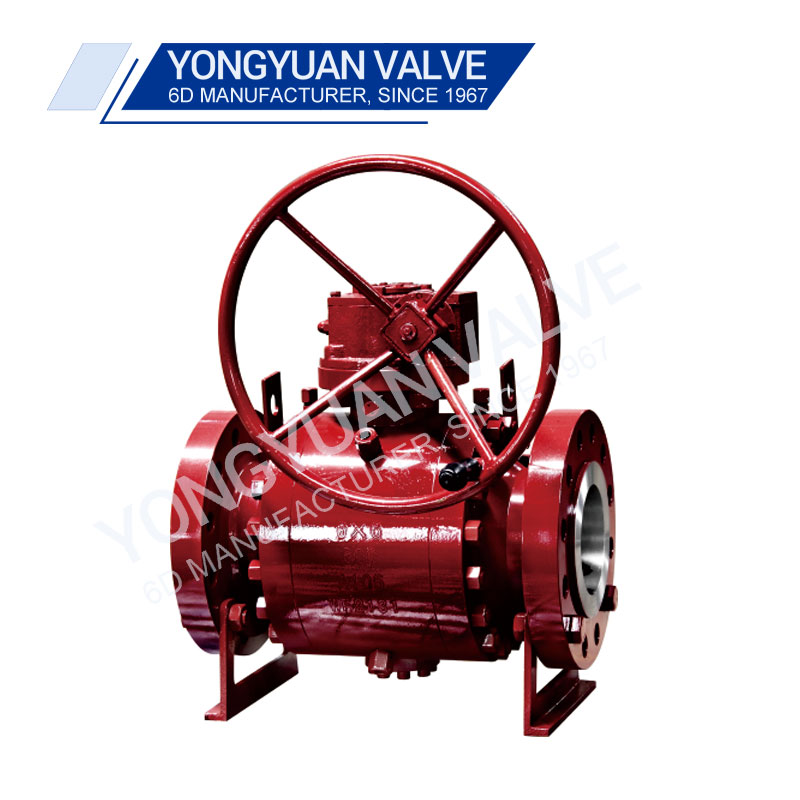What is the main function of a ball valve
2023-10-27
The main function of a ball valve is to control the flow of fluid (liquid or gas) in a pipeline by opening or closing the valve. Ball valves are primarily designed for on/off service, meaning they are used to start or stop the flow of the fluid. The main functions of a ball valve can be summarized as follows:
1. Start and Stop Flow: Ball valves are used to initiate the flow of fluid when they are in the open position and to stop the flow when they are in the closed position. This function is crucial for controlling the movement of fluids in a system.
2. Positive Shut-Off: When closed, ball valves provide a positive shut-off, meaning they create a tight seal that prevents any fluid from passing through the valve. This is important for preventing leaks and ensuring the complete isolation of sections of a pipeline or system.
3. Quick Operation: Ball valves are known for their quarter-turn operation, which means they can be opened or closed with just a 90-degree rotation. This allows for rapid and efficient control of fluid flow.
4. Low Friction: Ball valves have low friction in the open position, which minimizes pressure drop and allows for efficient flow. This is advantageous for applications where minimal flow resistance is desired.
5. Simple and Reliable Design: Ball valves have a simple and reliable design with relatively few components, making them easy to operate and maintain. They are less prone to wear and damage compared to some other valve types.
6. Versatile Applications: Ball valves are used in a wide range of industries and applications, including oil and gas, water distribution, chemical processing, HVAC systems, and more. They can handle a variety of fluids, pressures, and temperatures.
7. Directional Control: In the case of three-way and multi-port ball valves, they are used for directional control, allowing fluid to be diverted or mixed among different pathways.
8. Precise Flow Control: Some ball valves, particularly V-port or characterized ball valves, are designed for precise flow control and throttling applications where accurate regulation of flow rates is required.
9. Safety and Isolation: Ball valves are used to isolate sections of a system, making them useful for maintenance, repairs, or in emergency situations. In double-block-and-bleed (DBB) configurations, they can provide enhanced safety by isolating both upstream and downstream flow.
The specific function of a ball valve may vary based on its type and design. For example, some ball valves are designed for high-pressure applications, while others are suited for precise flow control in chemical processing. Understanding the intended application and the specific type of ball valve is crucial for ensuring the valve functions effectively and efficiently in a given system.



